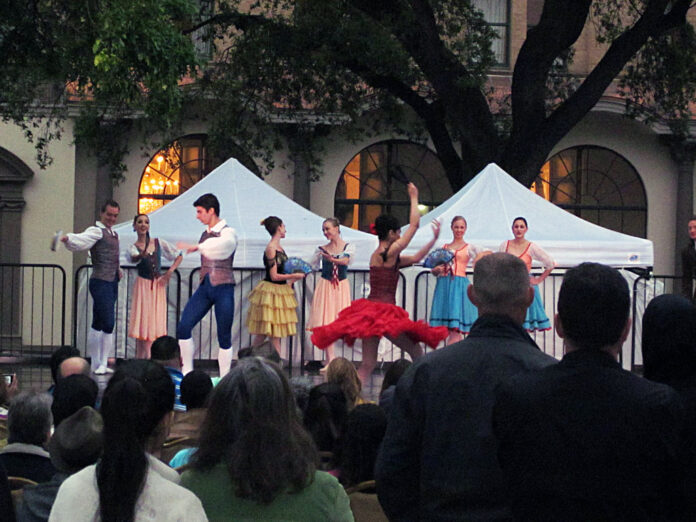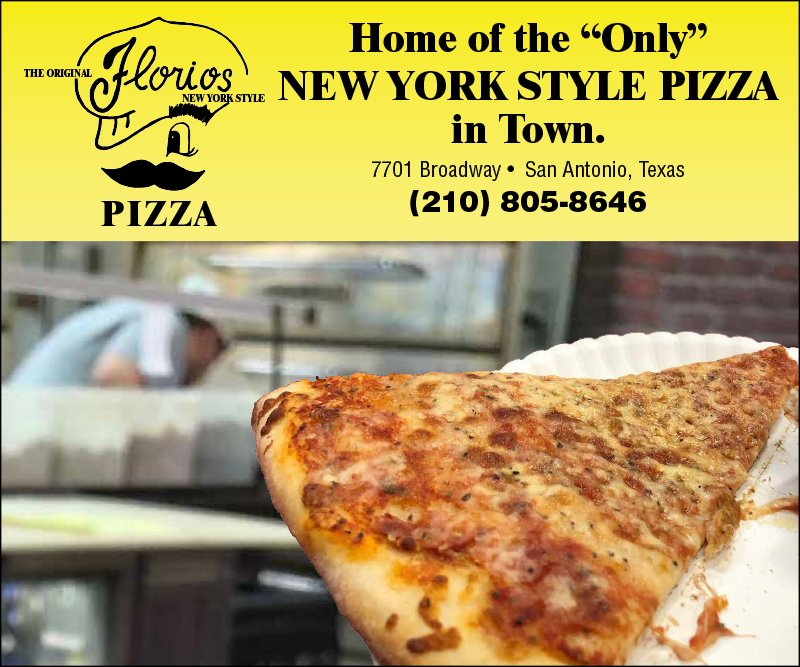By Jim LaVilla-Havelin
Visual Arts
The Henry B. Gonzalez Convention Center in downtown San Antonio is awash in public art, the aesthetic face of the city. From a spectacular recycled material chandelier by Anita Valencia and an almost hidden group of niches by San Antonio artists including David Zamora Casas, Cakky Brawley and the students of Say Si, a youth arts program, in the bottom of the building, perfect for Tower of the Americas tourists, to the intricate and overlooked Aztec-inflected patterns of the carpets by Louis Vega Trevino, the Convention Center bristles with some of San Antonio’s hidden art. Hidden in this case because it is not somewhere residents often find themselves.
Sometimes the art around us hides in plain sight. We do not see it, or recognize it, or name it as art, and so it remains part of the visual static of an over-stimulated world. At times, in hectic city life, we don’t look up above eye level, or down beneath our feet, and so we miss works which hover over us, or enfold us. And often we so constrict our idea of what “art” actually is, or where it might be found, that we can look straight at it and not recognize it.
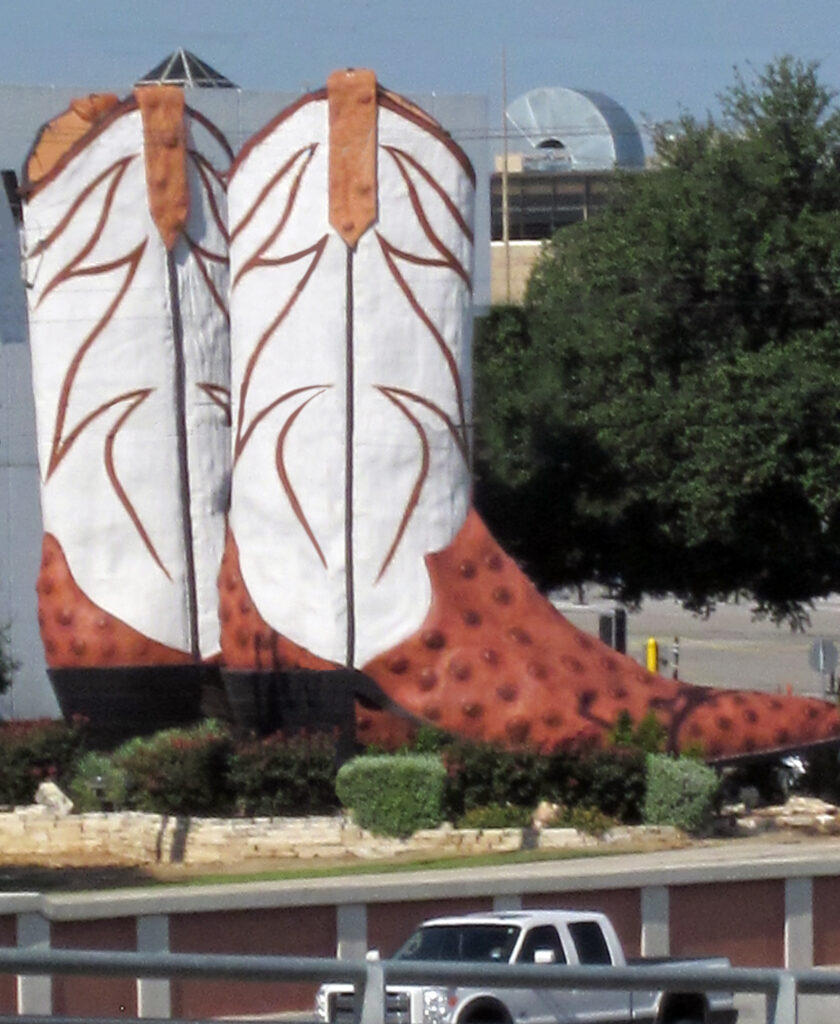
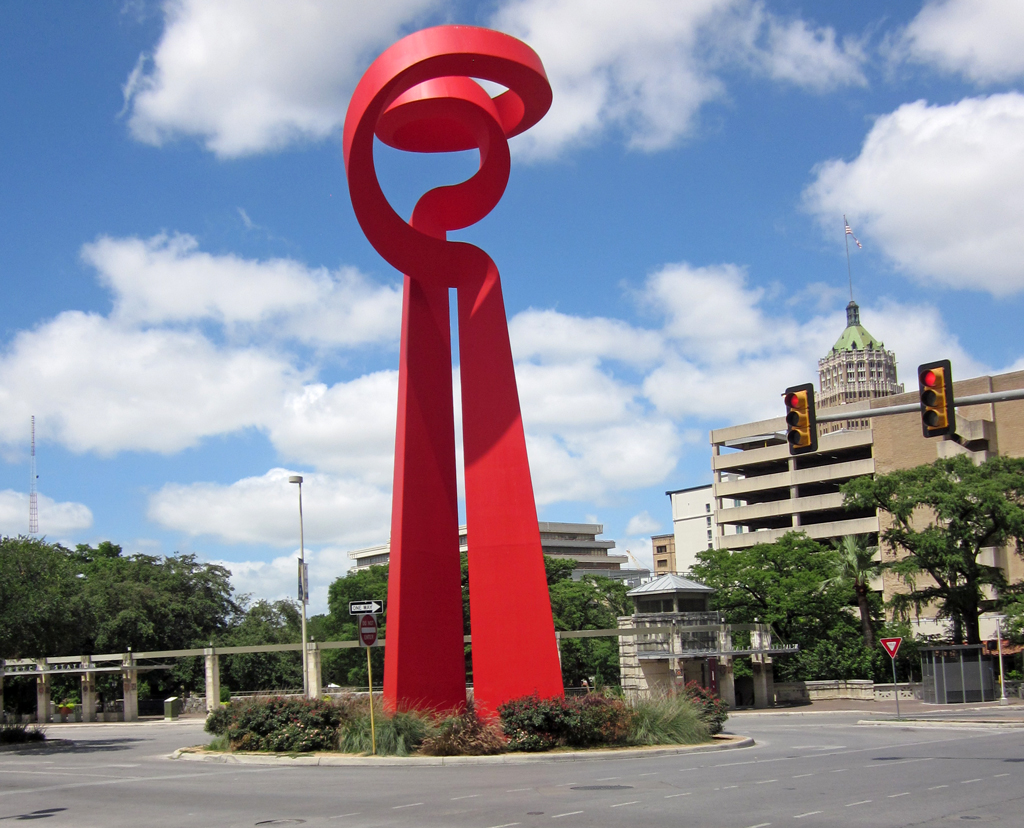
The Torch of Friendship at Alamo Plaza is hard to miss, but within the Torch’s shadow, Anne Adams’ tiles for the VIA stop across the street, quilt-like and subtle, almost disappear into a category we might label urban decoration.
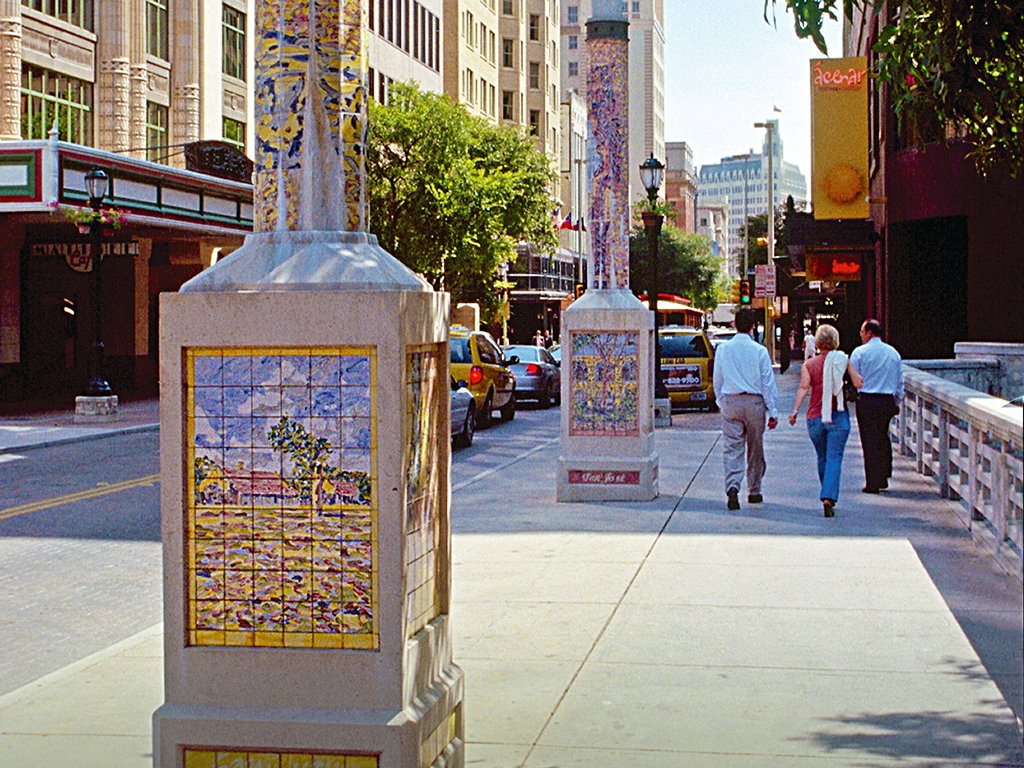
In fact, one could easily lose the rich tile tradition hidden before our very eyes throughout San Antonio, a tradition worthy of a separate story. Decidedly incomplete, a tour could include the tile work throughout the RiverWalk, including the work of Oscar Alvarado, and Malou Flato’s pieces at the street-level Houston Street bridge and her similar pieces outside the H-E-B Central Market in Alamo Heights. And don’t miss the historic tiles throughout the courtyard at the McNay Art Museum – culminating in the Peacock Staircase. Yes, even in an art museum there can be hidden art.
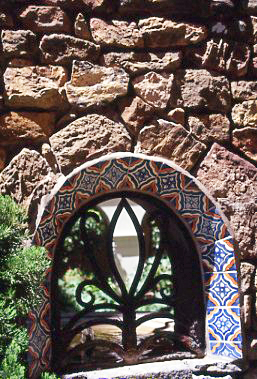
While murals can hardly be considered hidden, a preponderance of them in San Antonio, more than 30 largely on the Westside, and the creations of the mural teams of San Antonio Cultural Arts, are viewed mostly by their immediate community – evidences of pride and empowerment. Depression era murals in the lobbies of the John H. Wood, Jr. Federal Courthouse and the San Antonio Express-News building help one consider the community’s murals in a broader context. And though graffiti is, in the eyes of property owners and police, a crime, the exuberant canvas for graffiti that is the building at San Pedro Avenue and Quincy St., is an ever-changing gallery of voices.

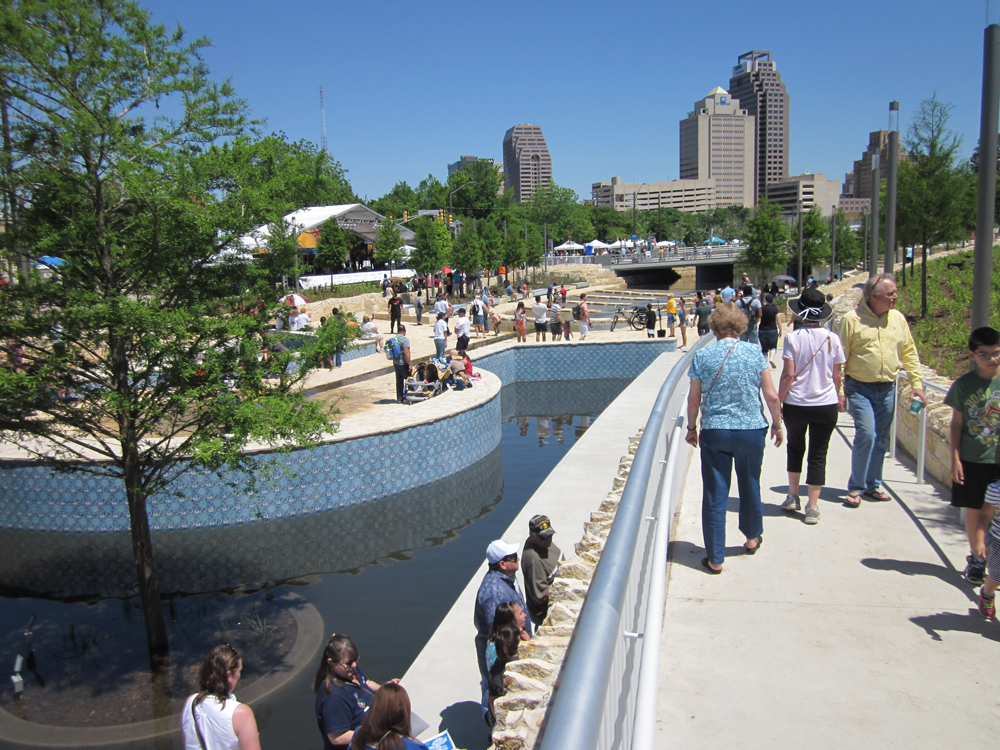
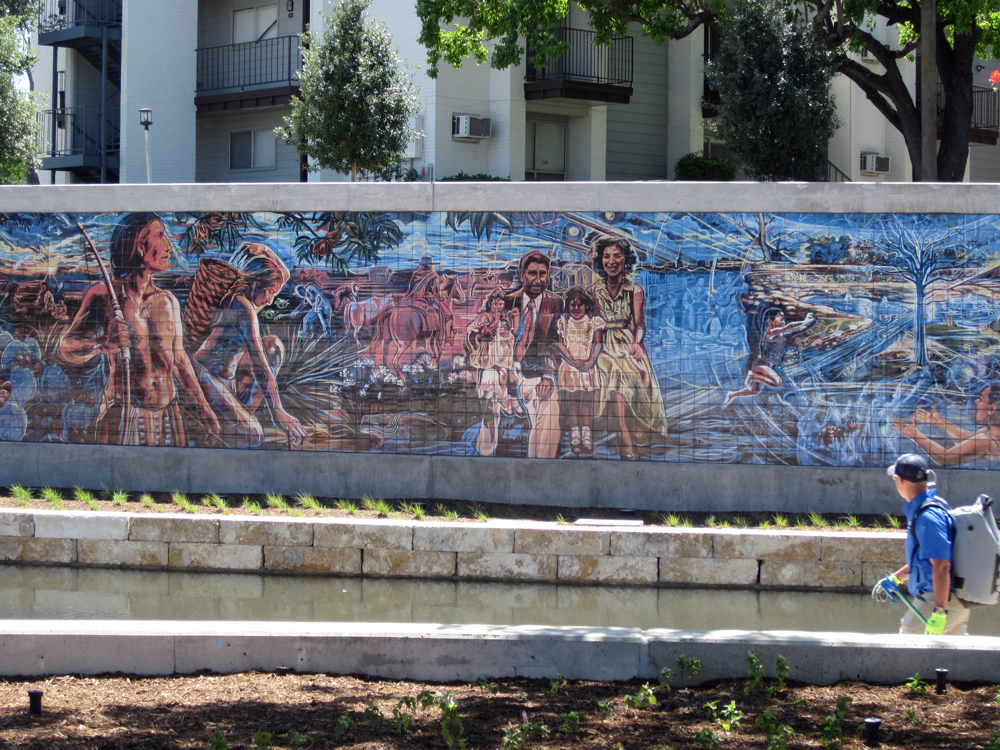
San Pedro Creek Culture Park, considered to be the birthplace of San Antonio, is brimming with public art honoring the Creek’s history and importance to the region. Shown above is a 117 ft. mural by artist Adriana Garcia called “De Todos Caminos Somos Todos Uno” (“From All Roads, We Are All One”).
Overhead, in addition to Valencia’s Convention Center chandelier, look up at the Tiffany’s skylight in the lobby of the Menger Hotel and the Dale Chihuly Venetian ceiling at the San Antonio Museum of Art. Hard to see from the street, the drain spouts of the Tower Life Building are gargoyles, while the Aztec Theatre sports the all-knowing face of an Aztec in squares above street level.
On the other end of the spectrum, there are extraordinary university and corporate collections throughout San Antonio that are both public, and not. Trinity University has a wonderful collection of outdoor sculptures available for viewing and USAA has a massive collection mostly related to the Air Force.
And while I have overlooked the churches of San Antonio and their presence as works of art in the community, it is somehow appropriate to end with Peacock Alley, the lobby of the St. Anthony Hotel, so called because it comes complete with overstuffed “peacock” magnificence.
Performing Arts

While we’ve spent considerable time talking about the “hidden” visual arts, let me dwell for a time on the “visible” performing arts. San Antonio is home to the 80-year old San Antonio Symphony, now known as the Philharmonic, an organization of 72 instrumentalists who play at the First Baptist Church, on a number of occasions backed by the San Antonio Mastersingers. In addition, the San Antonio Opera, Children’s Chorus and Ballet San Antonio perform at the Tobin. The Tobin was, for many years, the city’s Municipal Auditorium hosting among other events, high school graduations. About eight years ago it was updated, making it an “acoustically perfect” performance hall, seating approximately 1,700. It also hosts performances from around the world.

Prior to the Tobin’s opening, the Philharmonic played at the Majestic Theatre, for many years a movie theater and now a performance hall hosting national and international acts. And yet another performance hall here is the Empire Theatre, around the corner from the Majestic.
Many players with the Philharmonic have started their own groups which perform at other venues when the Philharmonic is not. They include Camerata, the Soli Chamber Ensemble and the San Antonio Brass. And other musical organizations that bring performances to the city include Musical Bridges Around the World, Tuesday Musical Club and the San Antonio Chamber Music Society.
The Magik Theatre Company has been performing, for children, for more than 20 years, in schools and in its own venue. And other “live” acting companies include the Classic Theatre, the San Pedro Playhouse and the Woodlawn Theatre.
In addition, with the opening of The Pearl, Doc Watson, a jazz instrumentalist has opened Jazz Texas, and there’s been for years here the Jim Cullum Jazz Band, now playing around the area. And lest we forget, country music is a hot commodity in South Texas, and two of the longest running establishments for hosting such music are Floore’s Country Store in Helotes and Gruene Hall in New Braunfels.

